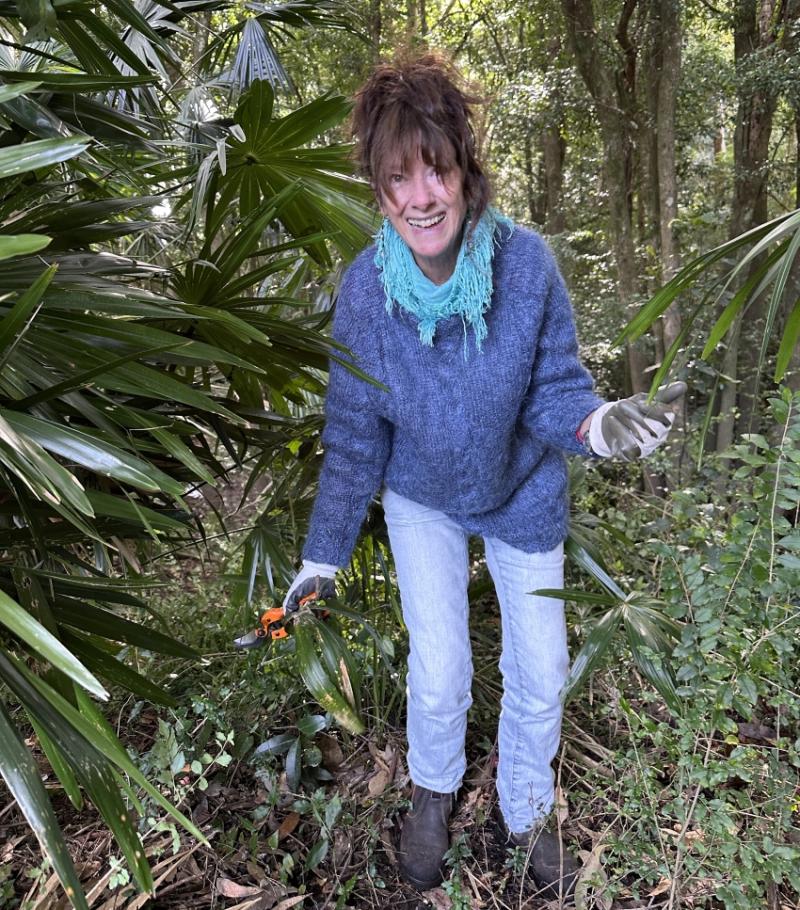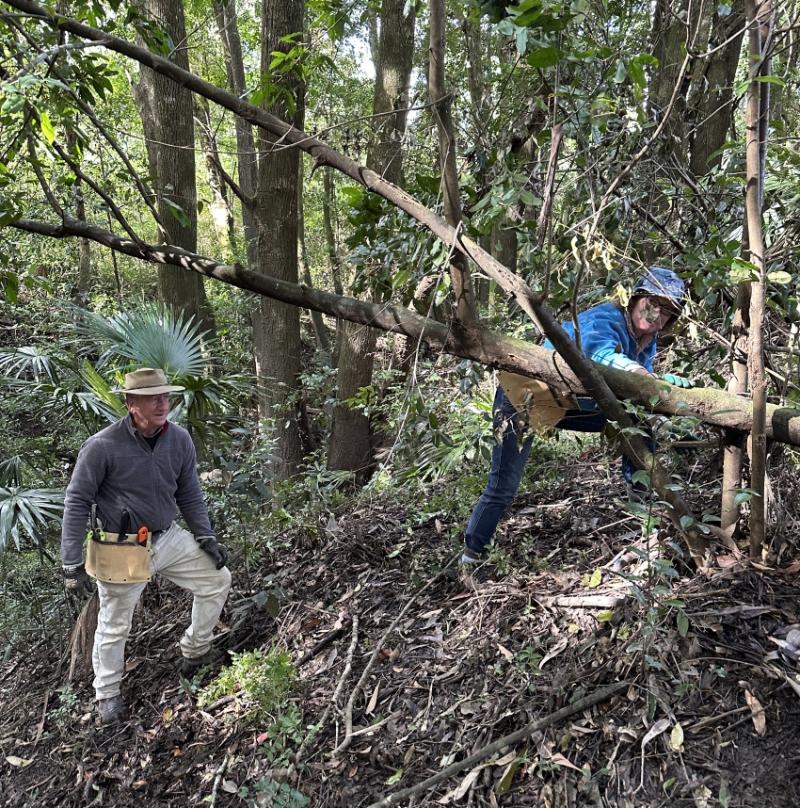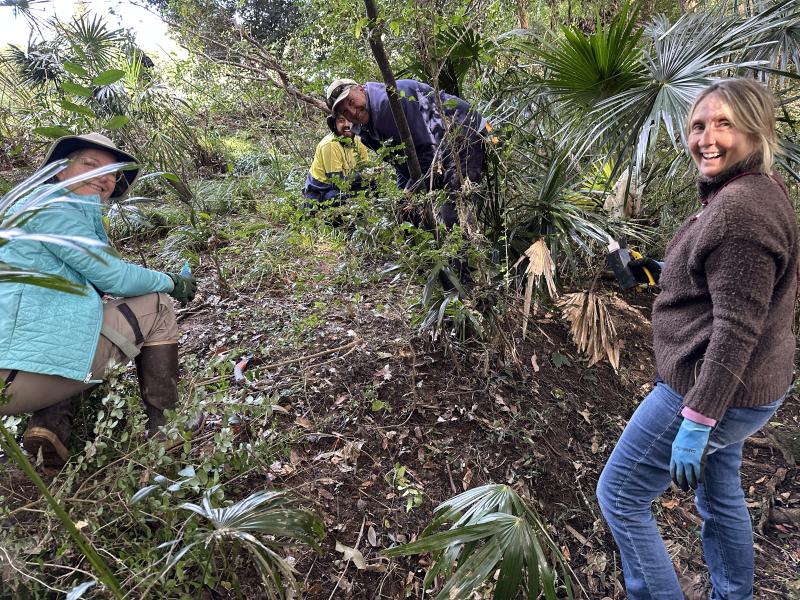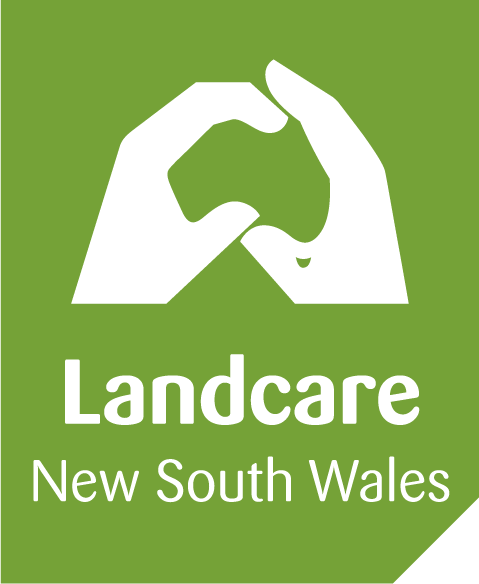Landcare Region
BCT Region
M2T6 -Riparian Restoration
Keen to improve the health of your riparian areas but feeling overwhelmed with weeds? Join your friendly Landcare staff and likeminded locals for a hands-on morning of Action Learning bush regeneration inspiration at the beautiful Great Lakes Paddocks winery. We’ll look at the site’s stock-protected riparian areas and talk about site assessment, strategy, triage and sensible goal-setting for more wins and less frustration. Tools will be available for you to get hands-on, as we dive into practical regen techniques with a focus on managing Privet and other woody weeds, plus the ever-pesky creeping groundcover Tradescantia fluminensis.Morning tea will be provided, plus a light lunch when we knock off.
RSVPs are essential - please use this link [to come soon]
For more info please contact Joël at greatlakes@midcoast2tops.org.au or Isabelle plc@midcoast2tops.org.au
This event is possible thanks to the shared work of the NSW Biodiversity Conservation Trust and Landcare NSW under the Private Land Conservation Matters project. Supported locally by MidCoast Council.
Event Topics




